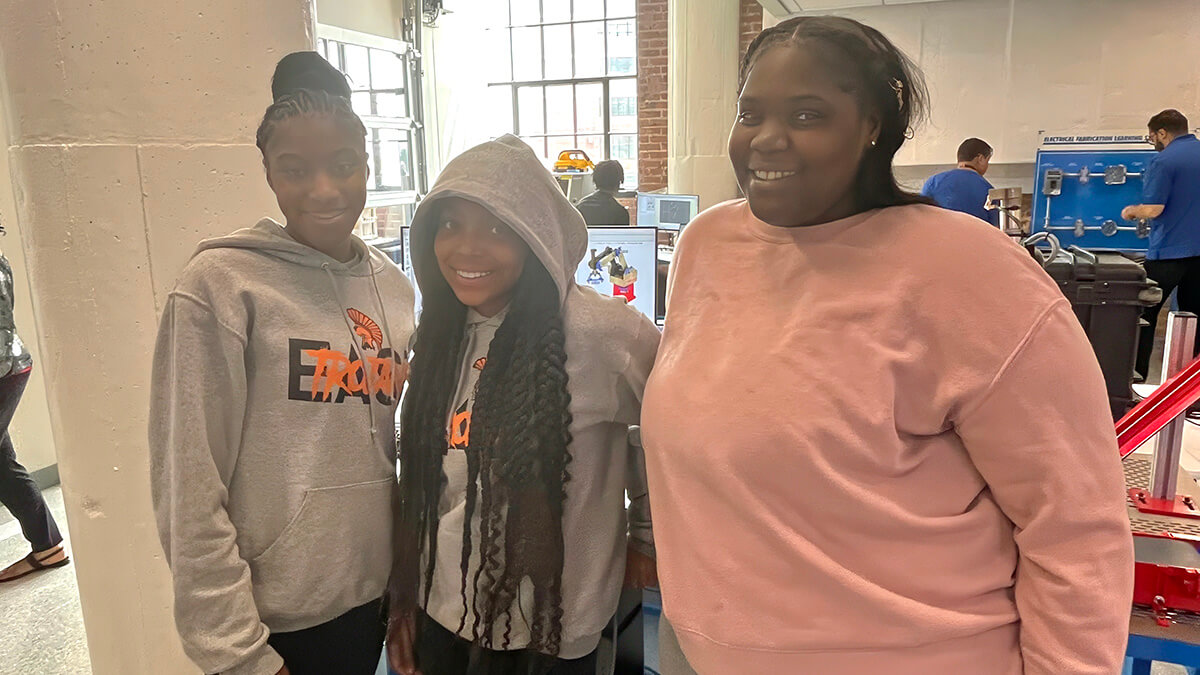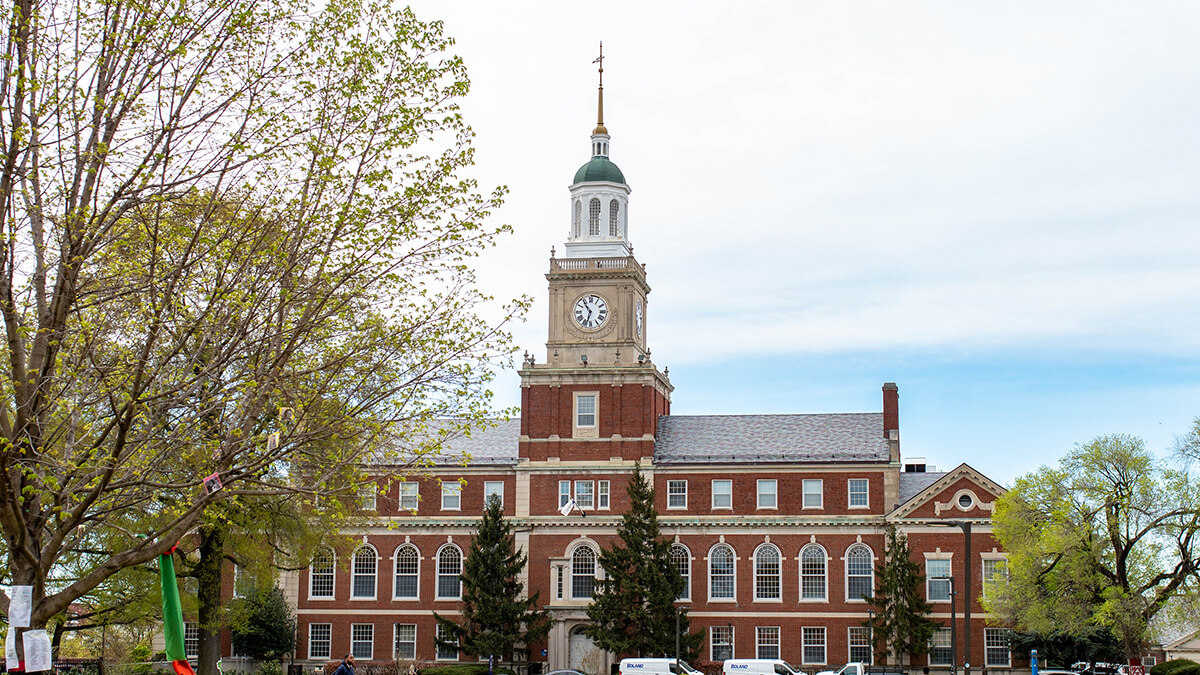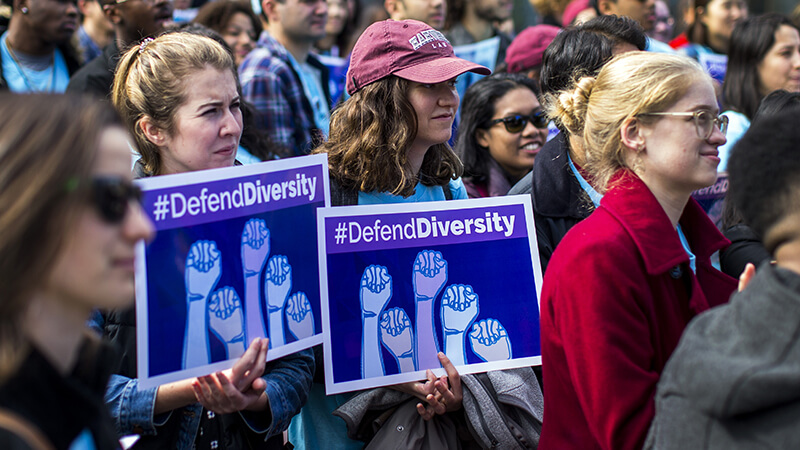Disparities in Higher Learning
Policies, practices, and beliefs—rooted in history and yet still affecting people—keep many Black, Latino, Hispanic, and Native American people from receiving the education they need. These systems unfairly hold back students who are seeking a better life, regardless of family income or where they live, whether urban, rural, or suburban.
Even amid serious skepticism, education and training after high school remain among the most secure pathways to economic prosperity.
At Lumina Foundation, we work with partners nationwide to ensure that colleges, universities, and other education providers make opportunity real for students of color, students who are the first in their families to go to college, students from low-income families, and working-age adults.
With every passing day, we realize we can—and must—do more on behalf of people who have long been prevented from realizing their true potential.











